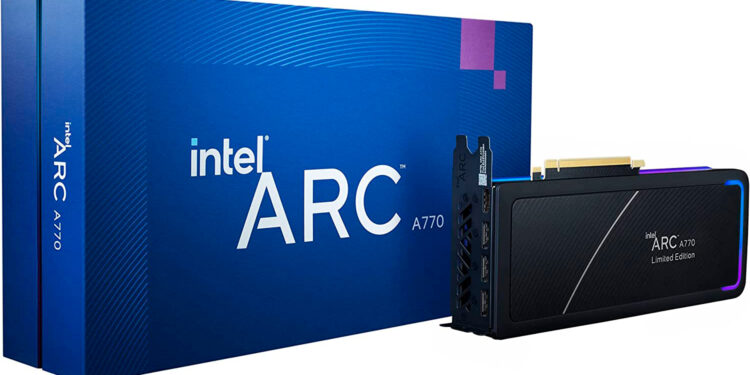The fierce competition in the PC graphics card market has claimed a major player. Intel, long renowned for its dominance in PC processors, is now officially out of the discrete graphics card game. According to a report from Jon Peddie Research (JPR), Intel currently holds zero per cent of the PC graphics card market, marking a significant development in the ongoing rivalry between Nvidia and AMD.
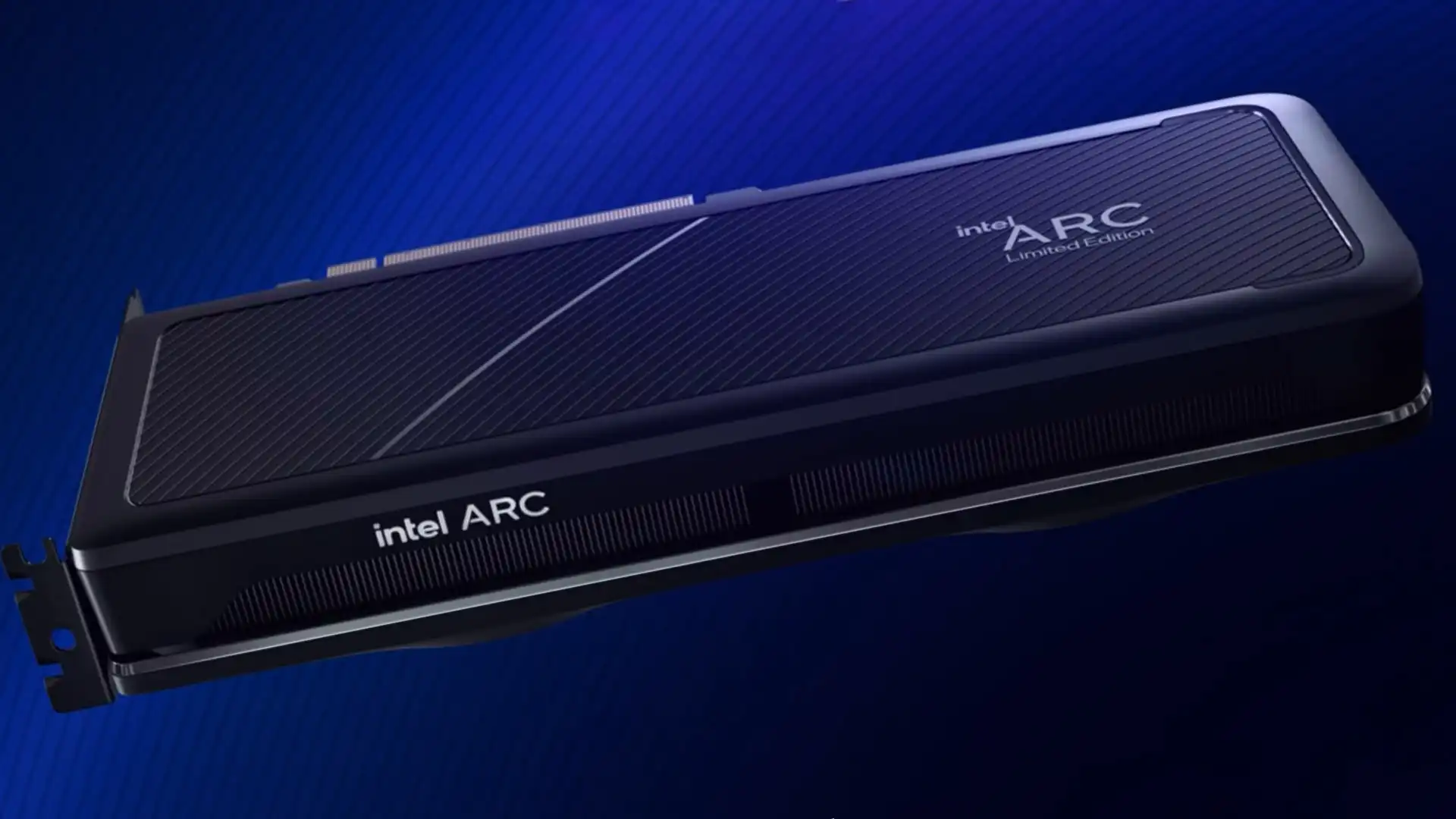
A Surprising Turn of Events in 2024
For years, Intel has been a powerhouse in PC hardware, but its attempt to carve out a significant space in the discrete GPU market has faced challenges. Recent findings from Jon Peddie Research highlight the shifting dynamics in the market. In the second quarter of 2024, PC graphics card shipments increased to 9.5 million units, a 9 per cent rise from the previous quarter, defying the historical trend of a typical 7.1 per cent dip during Q2. However, this boost has not been enough for Intel, as the company has now officially exited the discrete GPU race, leaving the field to Nvidia and AMD.
The Graphics Card Market: A Two-Horse Race
Intel’s exit leaves the PC graphics card market with only two players: Nvidia and AMD. Nvidia continues to dominate with a staggering 88 per cent market share in Q2 2024. This is an increase from the company’s 80 per cent market share a year ago. Meanwhile, AMD has scooped up the remaining 12 per cent, as Intel has been forced out. With Intel’s small 2 per cent market share in the previous year now reduced to zero, the PC graphics card arena is a lopsided battle between two companies. However, the domination of Nvidia has created a near-monopoly-like situation, especially as consumers eagerly await the upcoming GeForce 5000 series (“Blackwell”), which is expected to further solidify Nvidia’s stranglehold on the market.
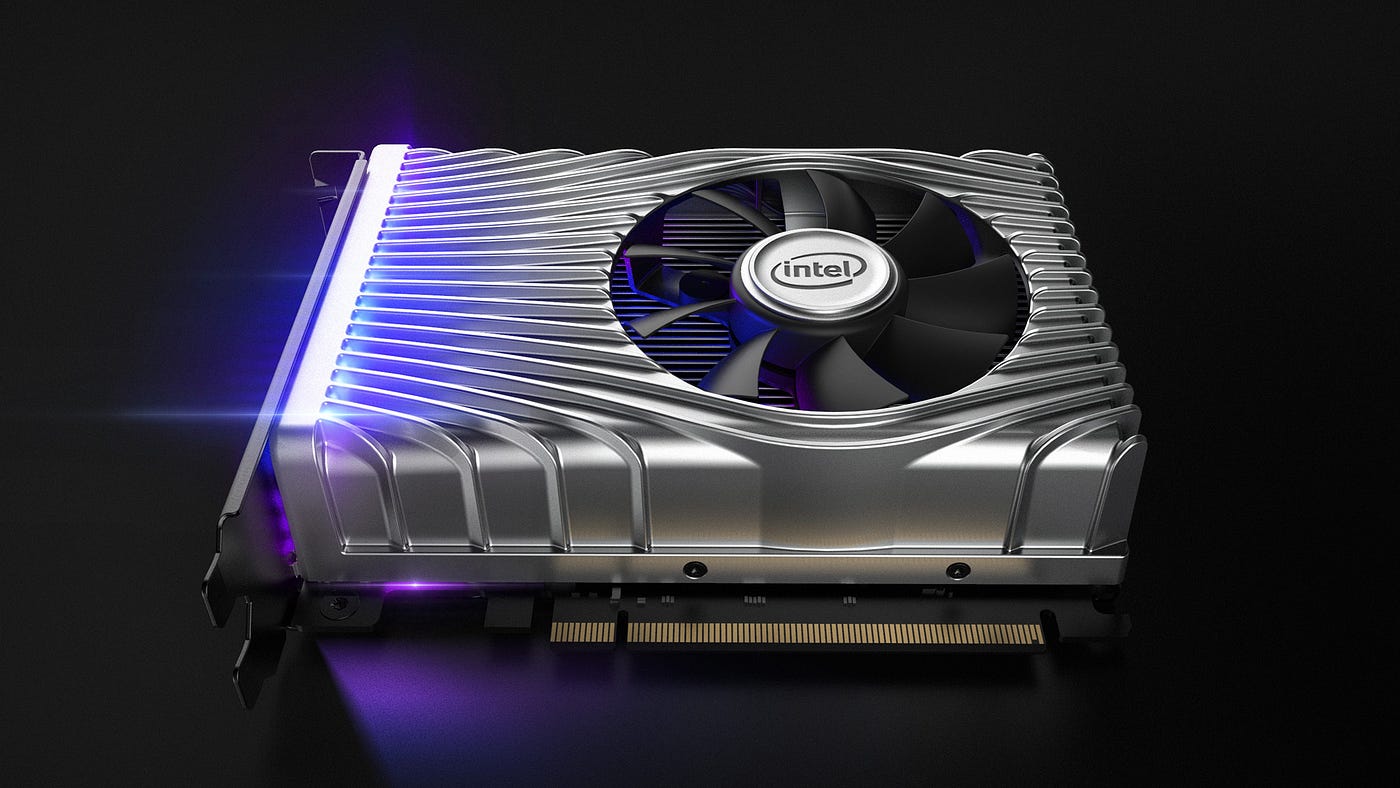
JPR Insights: The Future of PC Graphics Cards
Jon Peddie, president of Jon Peddie Research, offered an optimistic but cautious view of the market’s future: “The add-in board market continues to surprise and astonish market watchers who have been predicting its doom for decades. With one little dip in Q1 (seasonally normal), we’ve seen four quarters of growth. But, overall shipments are down compared to two years ago, so that’s not encouraging. However, we remain optimistic about the future, and the fantastic games that are coming that will take all the performance an AIB can offer.” Despite Intel’s exit and the market’s consolidation, the continued demand for powerful graphics cards is driven by the ever-evolving needs of gamers, creators, and professionals who rely on high-performance GPUs for their tasks.
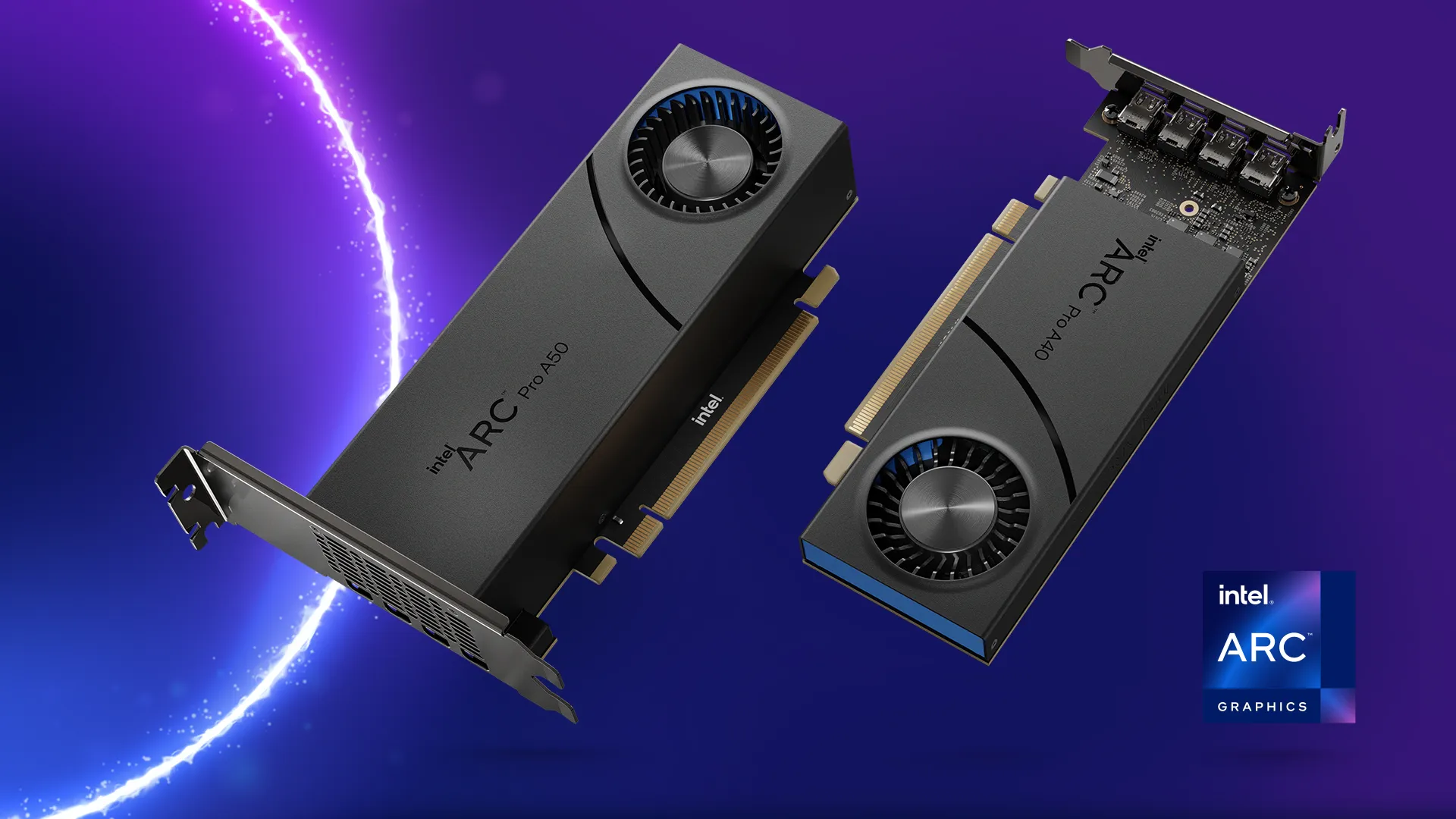
Intel’s Struggles in the GPU Market
The news of Intel’s departure from the discrete graphics card market may come as a surprise to some, especially considering the company’s efforts to establish a foothold with its Arc series. The Intel Arc A770, which debuted as the company’s attempt to compete with Nvidia and AMD, struggled to gain significant traction despite its potential.
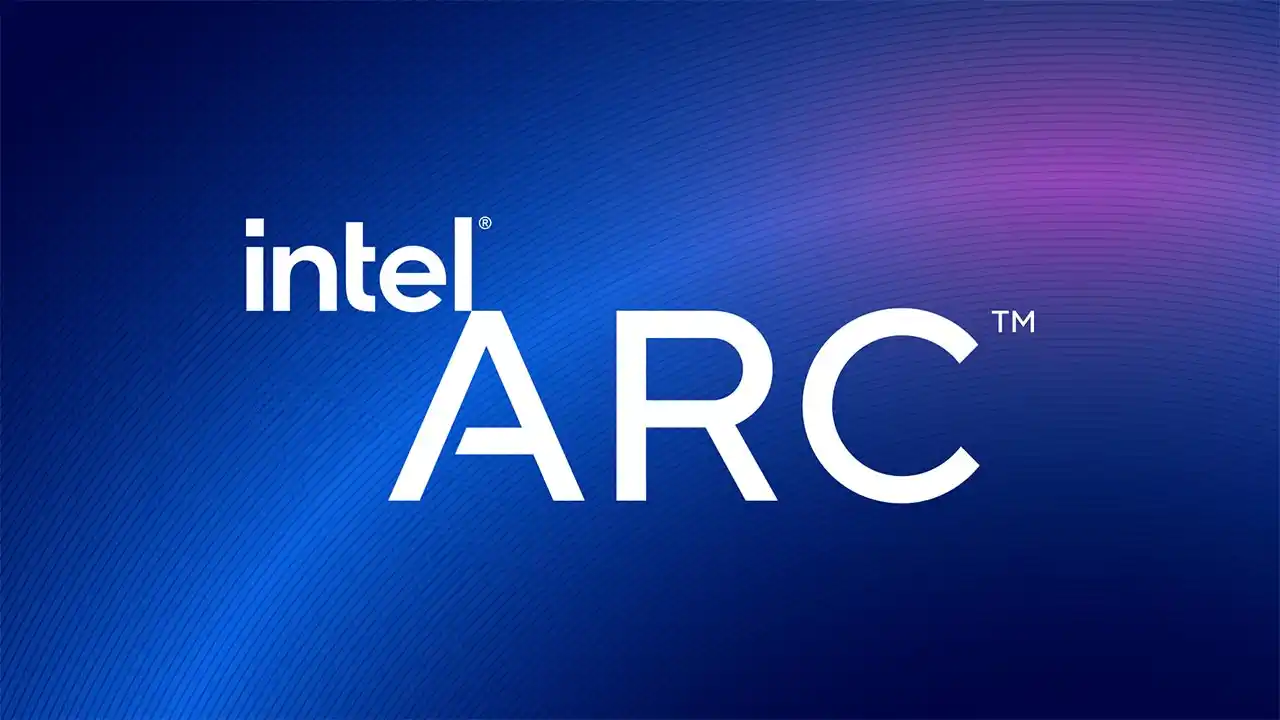
Intel’s plans for the future aren’t entirely scrapped, though. The company’s new Lunar Lake mobile processors, designed for laptops, feature an integrated Xe2 graphics core, which Intel hopes to develop into a future discrete GPU, codenamed Battlemage. However, the anticipated Battlemage release has been delayed, with no confirmed launch date after being initially slated for 2023.
Can Intel Stage a Comeback?
For Intel to make a comeback in the discrete GPU market, the company would need to deliver a game-changing product that can challenge both Nvidia’s Blackwell series and AMD’s next-gen cards. However, as C. Robert Dow, a JPR analyst, suggests, it’s unlikely that Intel can regain any significant market share without a dramatic breakthrough. “PC graphics card prices should remain flat until Nvidia and AMD release their next-gen GPUs. Whether Intel can regain any market share at all while competing against those chips seems like it would require something close to a miracle to pull off.” With Nvidia and AMD entrenched as the sole players in this battle, Intel faces a steep uphill battle to reclaim any lost ground.
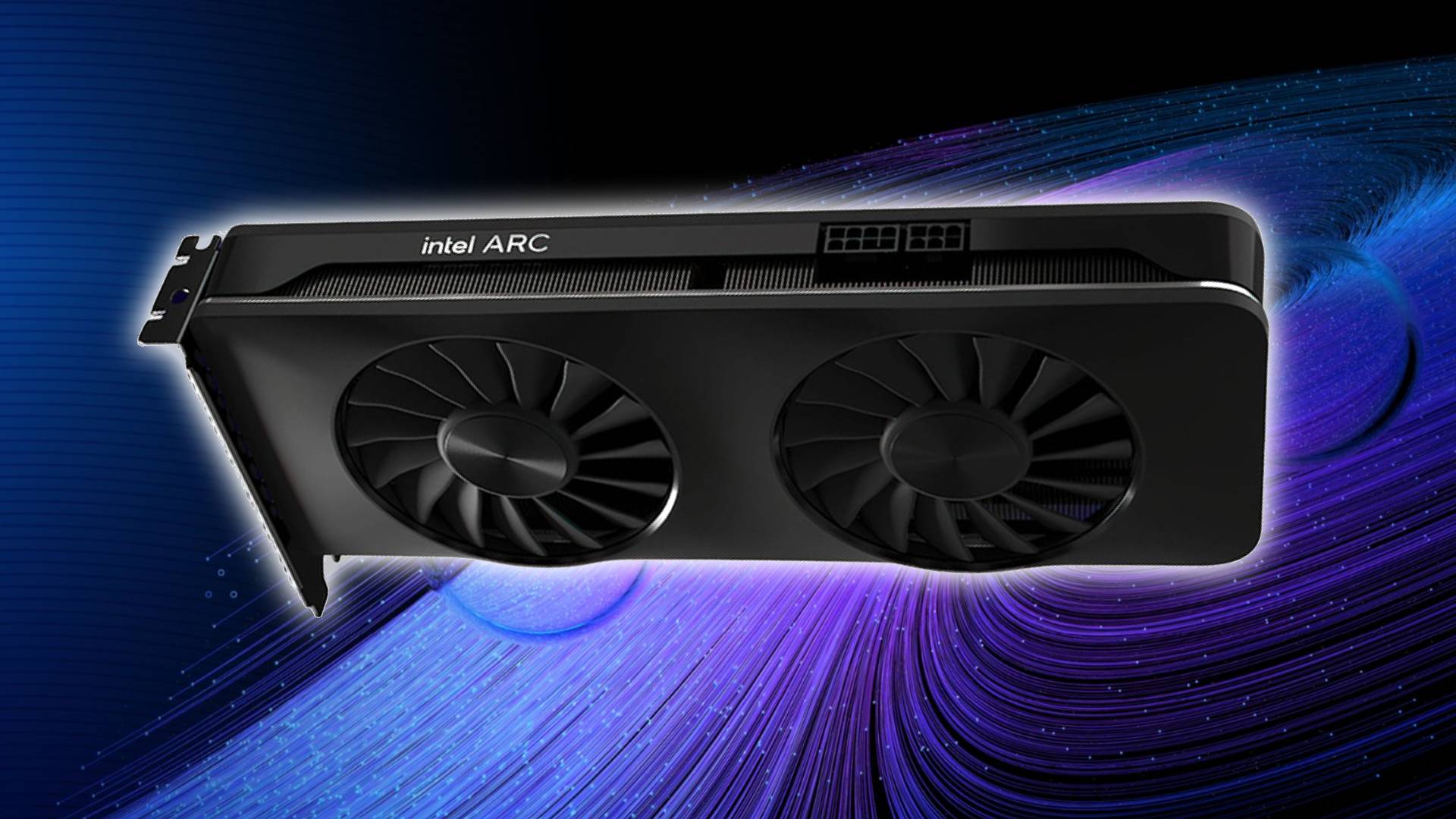
What’s Next for Gamers and PC Builders?
With Intel out of the picture, the market for discrete graphics cards has become more predictable, yet not necessarily less exciting. Consumers can expect a steady stream of innovation from both Nvidia and AMD, especially as next-generation games and graphics-intensive applications continue to push the boundaries of what’s possible with modern hardware. For now, PC gamers and builders can breathe a sigh of relief, as JPR has projected that graphics card prices will remain stable until Nvidia and AMD roll out their next offerings. However, the larger question remains: will the lack of competition from Intel limit innovation or push the two remaining competitors to even greater heights?
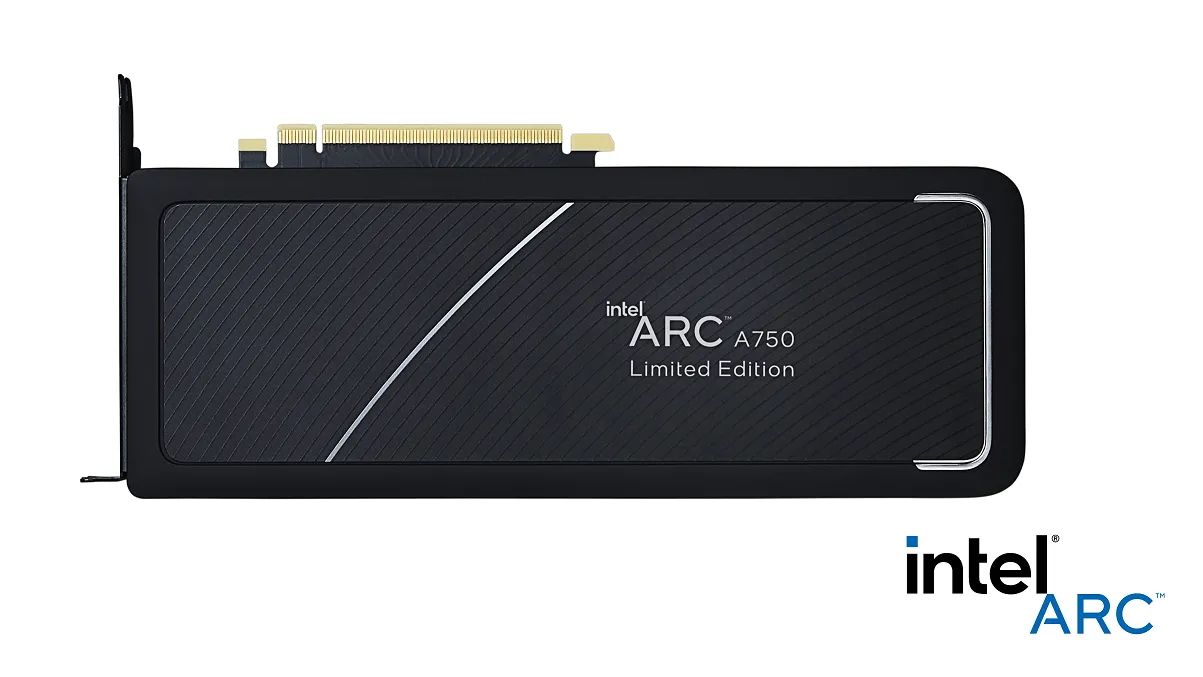
Intel’s departure from the discrete GPU market signifies a notable shift in the landscape of PC hardware. While Nvidia and AMD continue to battle for supremacy, the market may see more rapid advances as they vie for the attention of enthusiasts, professionals, and gamers alike. With Intel’s Battlemage project still uncertain and the ongoing dominance of Nvidia’s GeForce series, it’s hard to imagine Intel making a swift return. For now, it’s a two-horse race — but as history has shown, anything is possible in the ever-evolving world of PC gaming hardware.

